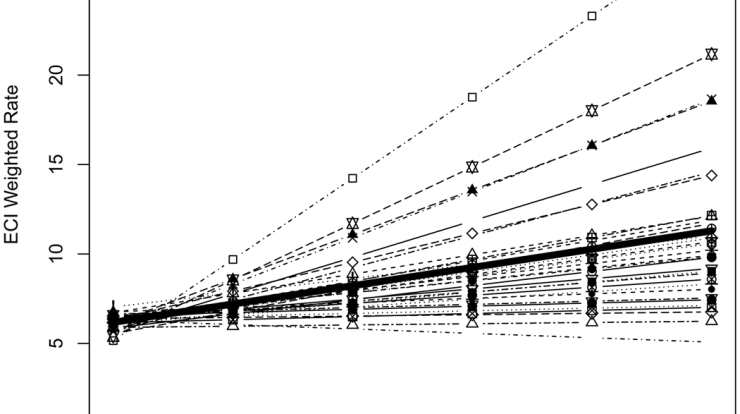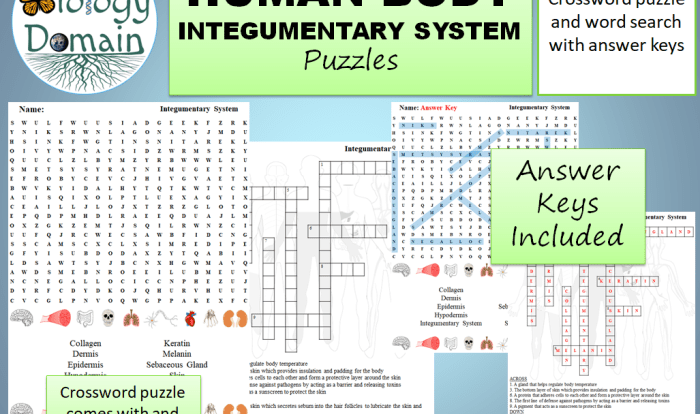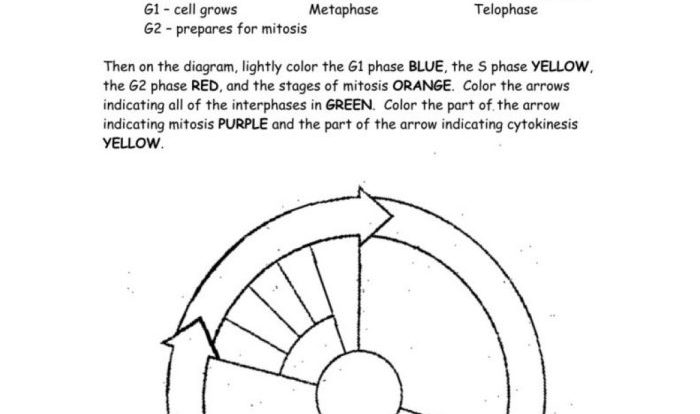Embark on a scientific odyssey with student exploration gizmo cell structure answers, a comprehensive guide that unlocks the mysteries of the fundamental unit of life. Dive into the intricate world of cells, their diverse components, and the remarkable processes that govern their existence.
From the cell membrane, the gatekeeper of cellular integrity, to the nucleus, the control center of genetic information, each component plays a vital role in the symphony of life. Discover the secrets of ribosomes, the protein synthesis machinery, and unravel the enigmatic functions of mitochondria, the powerhouses of cells.
Cell Structure Overview
Cells are the basic unit of life, and they come in a variety of shapes and sizes. All cells have a cell membrane, cytoplasm, and DNA. The cell membrane surrounds the cell and protects it from its surroundings. The cytoplasm is the jelly-like substance that fills the cell and contains all of the cell’s organelles.
DNA is the genetic material that controls the cell’s activities.
Types of Cells
- Prokaryotic cells are the simplest type of cells. They do not have a nucleus or other membrane-bound organelles.
- Eukaryotic cells are more complex than prokaryotic cells. They have a nucleus and other membrane-bound organelles.
Cell Membrane
The cell membrane is a thin layer of lipids that surrounds the cell. It protects the cell from its surroundings and regulates the movement of materials into and out of the cell.
Functions of the Cell Membrane
- Protects the cell from its surroundings
- Regulates the movement of materials into and out of the cell
- Communicates with other cells
Cytoplasm
The cytoplasm is the jelly-like substance that fills the cell. It contains all of the cell’s organelles.
Functions of the Cytoplasm
- Supports the cell’s organelles
- Provides a medium for chemical reactions
- Stores nutrients
Nucleus
The nucleus is a membrane-bound organelle that contains the cell’s DNA. DNA is the genetic material that controls the cell’s activities.
Functions of the Nucleus
- Controls the cell’s activities
- Stores the cell’s DNA
- Produces ribosomes
Ribosomes, Student exploration gizmo cell structure answers
Ribosomes are small, membrane-bound organelles that produce proteins. Proteins are essential for cell function.
Functions of Ribosomes
- Produce proteins
- Are found in the cytoplasm and on the surface of the endoplasmic reticulum
Endoplasmic Reticulum
The endoplasmic reticulum is a network of membranes that folds and transports proteins. It also produces lipids.
Functions of the Endoplasmic Reticulum
- Folds and transports proteins
- Produces lipids
- Detoxifies drugs and other chemicals
Golgi Apparatus
The Golgi apparatus is a stack of flattened membranes that modifies and sorts proteins. It also produces lysosomes.
Functions of the Golgi Apparatus
- Modifies and sorts proteins
- Produces lysosomes
- Packages and secretes proteins
Common Queries: Student Exploration Gizmo Cell Structure Answers
What is the function of the cell membrane?
The cell membrane regulates the movement of substances into and out of the cell, maintaining cellular homeostasis.
What is the role of ribosomes in protein synthesis?
Ribosomes are the sites of protein synthesis, translating genetic information into functional proteins.
How do mitochondria contribute to cellular respiration?
Mitochondria are responsible for cellular respiration, generating energy in the form of ATP.


